Daunted by the idea of camping in the hills for the first time? Wondering what you really need to know? Our novice wild camper tells his story, to help you turn your doubt and distrust into desire and determination.
Confession: I have been scared of wild camping for most of my life.
It’s not the concept; believe me, I get it. And when my Instagram feed fills with the wild camping adventures of gutsy outdoor types – the sensational sunrise photos, the glowing tent on the rugged mountaintop, the cosy interior shots – a part of me screams, “Yes! Do that! Do that now!”
The problem for me is, and always has been, the faff. The planning, the paraphernalia, the weight. The expense. The legal questions. The risk that your window of opportunity (if you don’t happen to live right next door to a wild part of the country) might turn out to be a bleak, soggy, viewless catastrophe.
Plus, most of all, my hopeless impracticality. I’m a terrible cook. I can’t fix things. I have an uncomfortable relationship with logic. In the Scouts I used to hate those problem-solving exercises like raft-building and get-this-bucket-across-the-room-without-touching-the-floor. I’d stand around looking dopey while others figured out ingenious solutions, until someone asked me to do something more ‘me’ like write a poem about it.
Wild camping, it seemed to me, required all those skills in abundance, and I had none of them. I’m comfortable and confident with hillwalking, but to me wild camping felt less like an adventure and more like an initiative test. Two words I have dreaded for most of my life.
And so I’ve shied away from trying it, the joy of the dream undone by the dread of the practicalities. Perhaps there’s someone reading this right now who might have felt similar at some point.
Exposure therapy
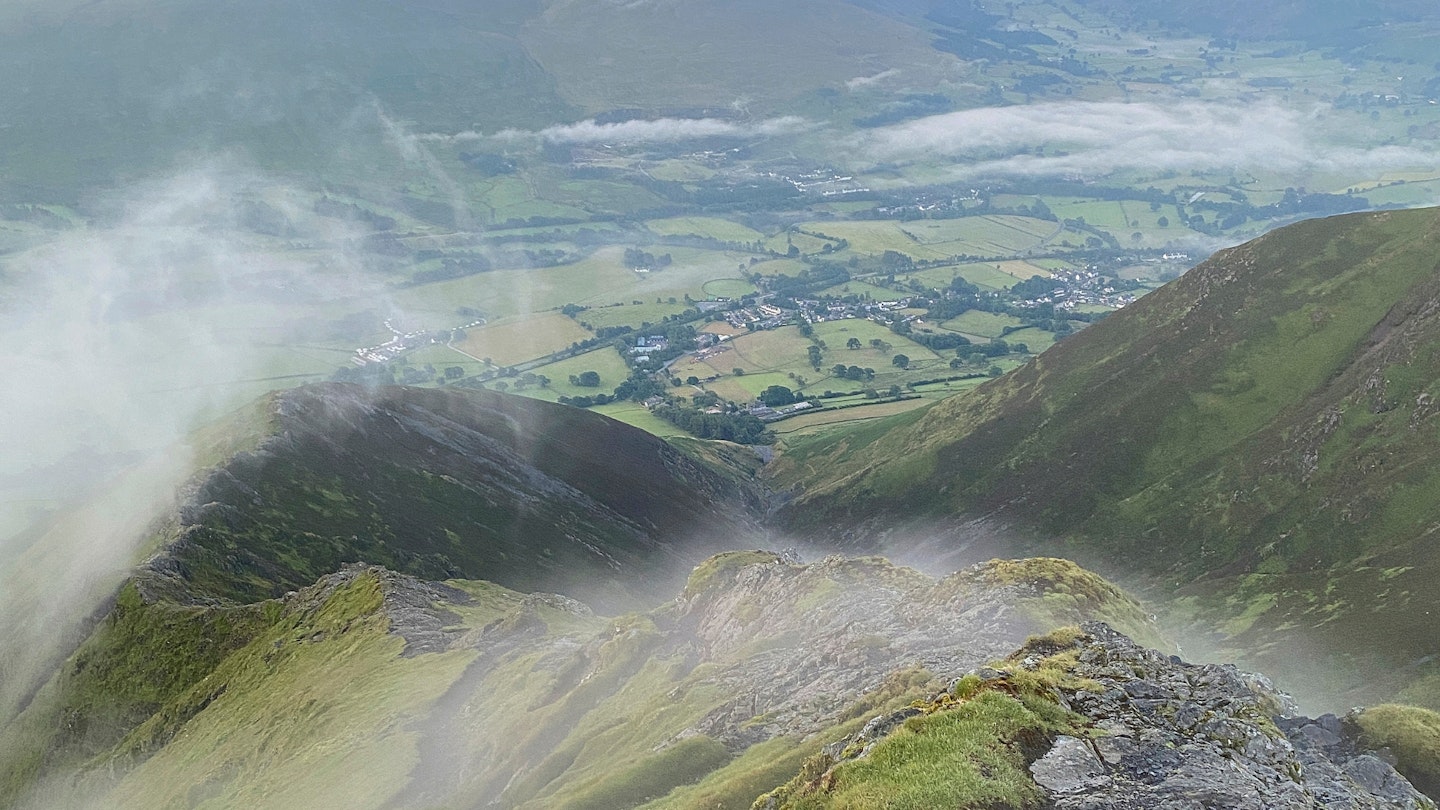
But then, a year or so back, the team on Country Walking magazine challenged each other to try something completely new. To escape the comfort zone. To go crazy. And so for me, it had to be wild camping.
The easiest option might have been to go with our photographer, Tom Bailey, who’s spent more nights out on mountaintops than in an actual bed, as you may have seen from his sublime photos elsewhere on Live for the Outdoors (LFTO).
But I knew how that would go: Tom would want to teach me and I’d feel horrifically self-conscious. Worse still, it could end up with Tom doing all the work and me nodding sagely and thinking ‘yes, I’ll do all that one day. Maybe’.
So there was only one answer: total exposure therapy. Do it myself. Alone.
And so, one sunny-ish day that summer, I set off up the Lake District giant of Blencathra and slept on it. It did indeed challenge every aspect of my flawed character, from strength and stamina to adult life skills.
And, of course, I bloody loved it.
You probably already know what the secret is. Just like cooking, like DIY, like playing in an FA Cup Final or pretty much anything else that might seem daunting, it’s prep. Think everything through, do the research, plan for all the outcomes, get the right kit, and the destiny of the endeavour can be reasonably certain before you even take a step.
Preparation is everything
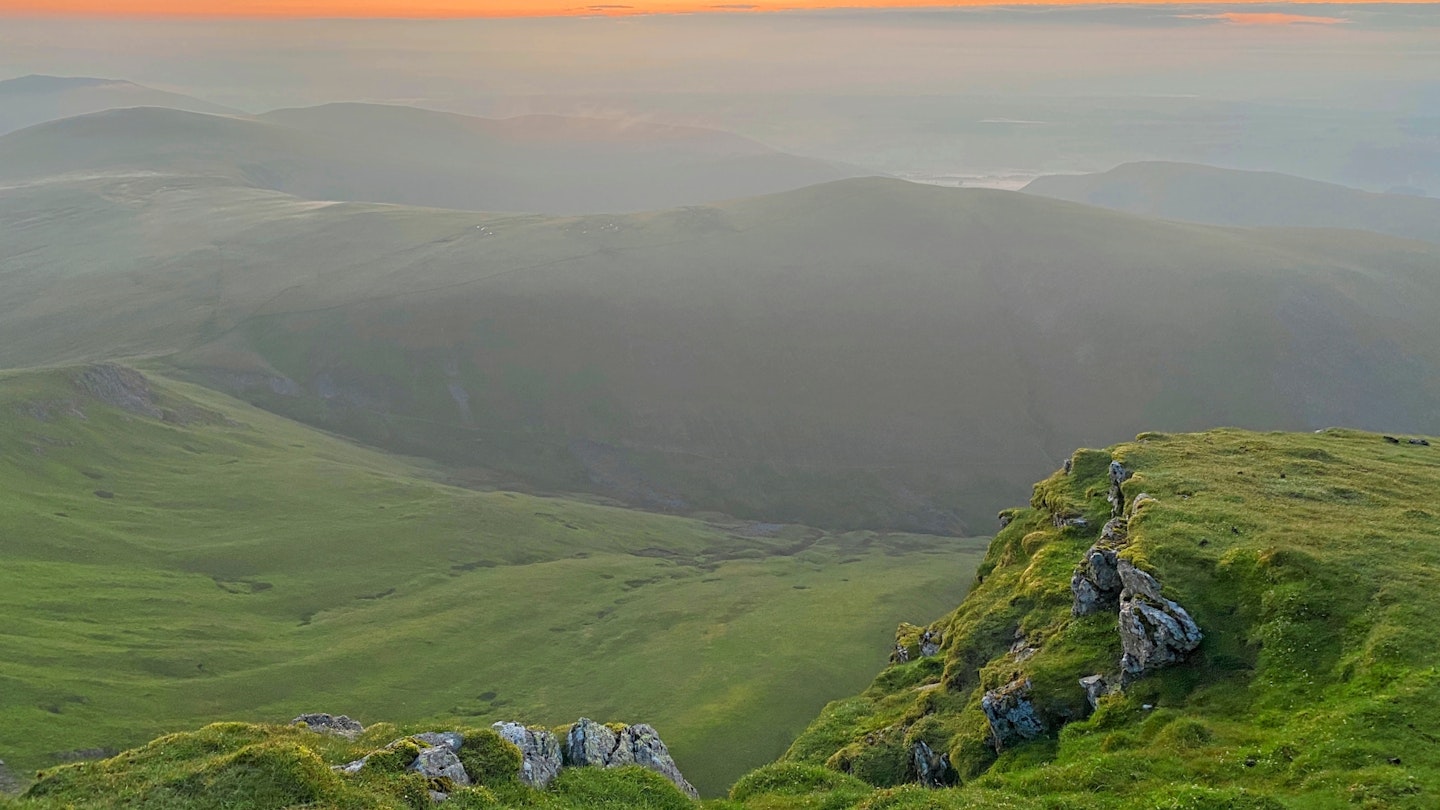
It was actually fun working out how to shave down clutter and weight. Tiny tent, backpacking stove, gas, sleeping bag and mat, food, drink, spork, head torch, dry bags, warm layers: them’s the essentials. Anything else (apart from the every-walk basics like first aid kit, map and compass) is just extra weight.
This was also where going solo came in handy: not having a companion meant I wasn’t bothered about taking a washbag (apologies to the sheep). That could wait until I rejoined civilisation. Do people really snap their toothbrushes in half? I suppose they do.
Choice of location: okay, Blencathra was ambitious (it’s nearly 900m tall), but a) it’s easily accessible, b) its summit is grassy – perfect for pitching, and c) its height and position guarantee sensational views if the cloud holds off. And height is good: wild camping needs to happen well above the pasture line, and being high up means less chance of disturbing someone/being disturbed.
Training: I practised lugging round a fully-laden 50L rucksack and camped out in my garden using only what I’d be taking. I managed to find the most idiot-proof camping meals available (thanks, Wayfayrer), and tried one out on the stove beforehand. I watched every how-to video I could find, including – most usefully – how to compress a down sleeping bag properly. You can find my favourite packing video here.
Just going up to bed
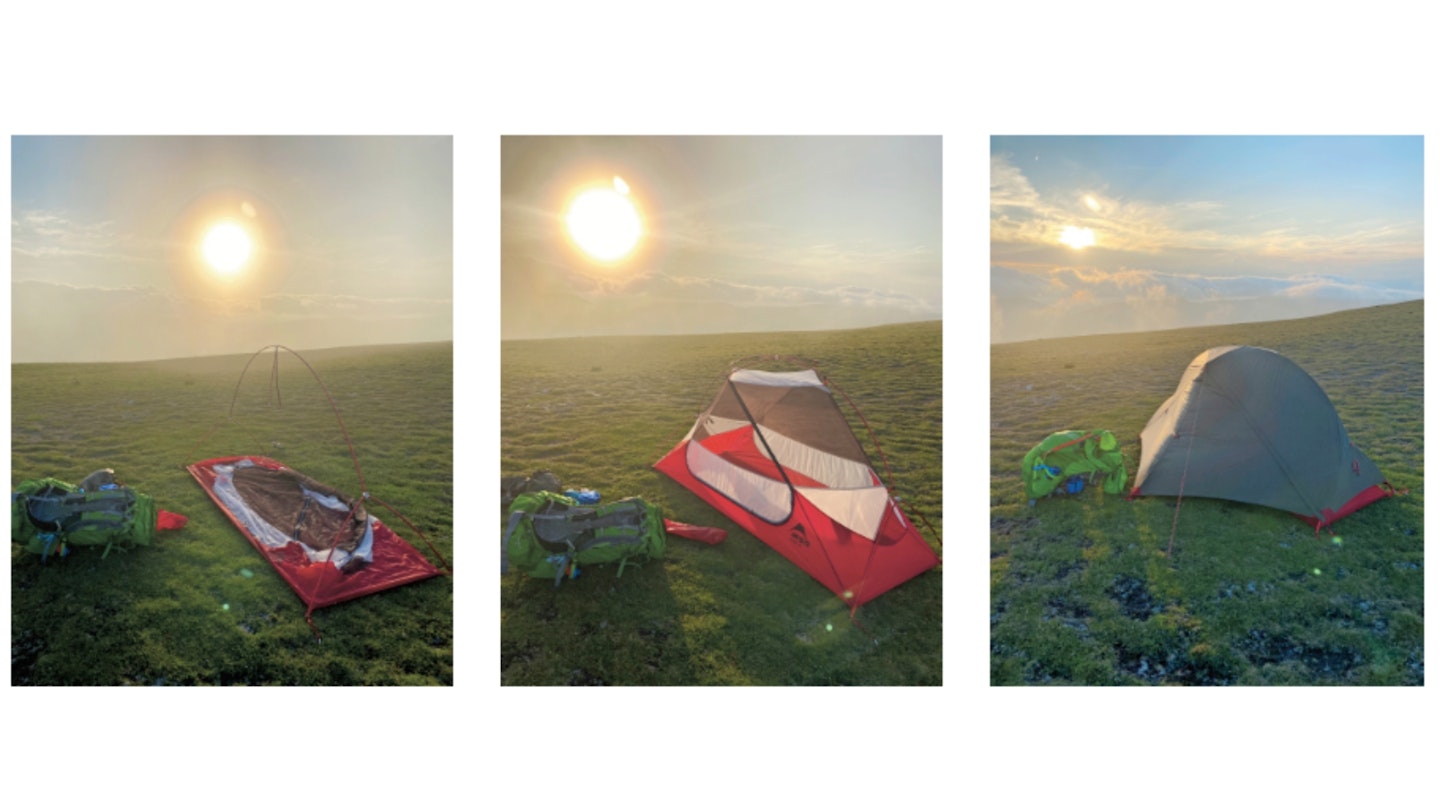
Then all that was left was safety (telling someone my plans) and weather-watching. I had Plan A and Plan B. Plan A was the summit. Plan B, if the weather was bad, was to pitch in the sheltered hollow around Scales Tarn. Thankfully, the gods smiled upon Plan A, and as exhausting as that extra slog up to Hallsfell Top was, it was worth every pummelled sinew I threw at it.
Blencathra’s summit is an elongated saddle, and the midpoint is flat, grassy and well-drained. The views are stupendous (particularly of next door neighbour, Skiddaw) and they get even better with a short dusk stroll up to the true summit, where the panorama southwards into more or less the entire Lake District was beautiful beyond words.
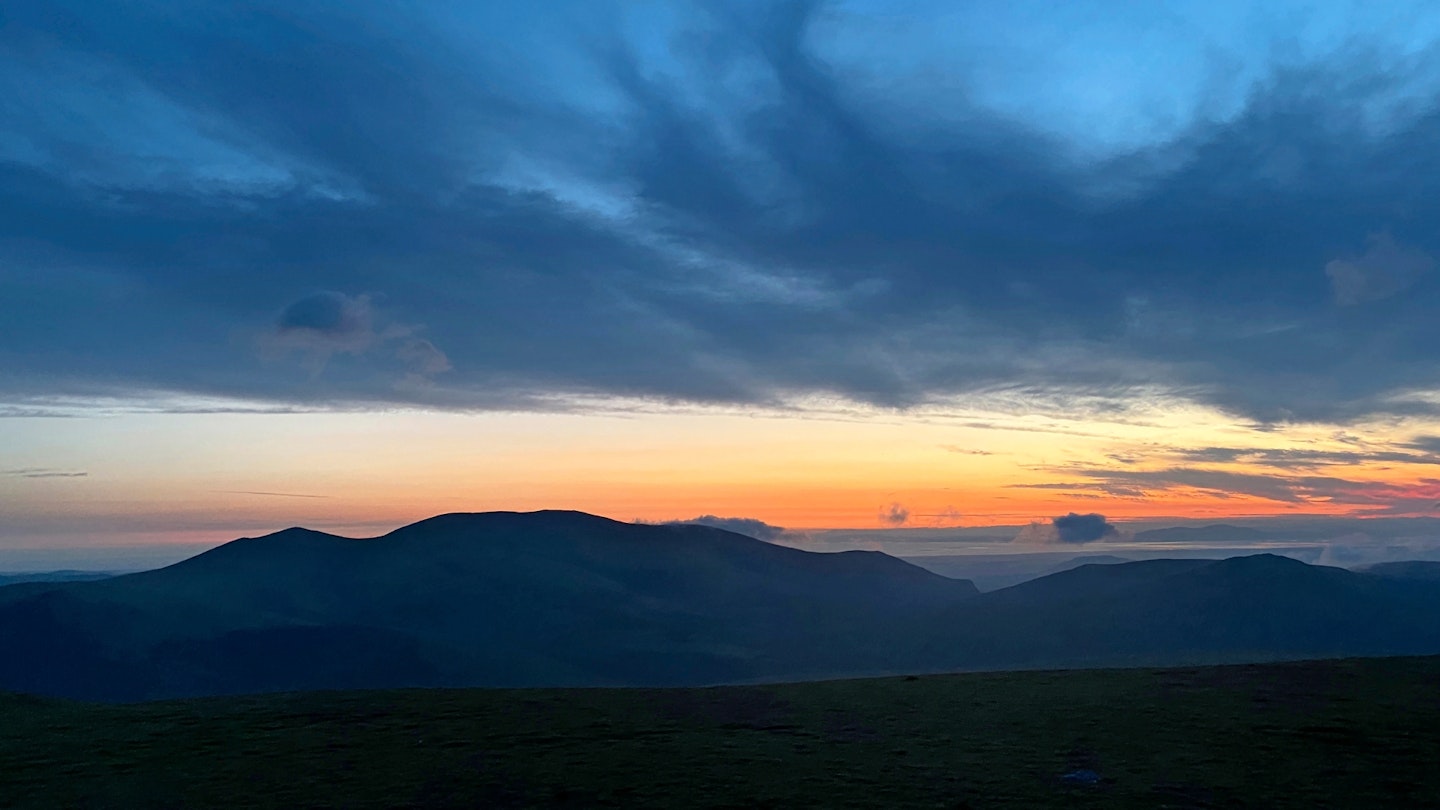
As the sky turned magnolia, pumpkin-orange and finally deep violet over Skiddaw, I sat cradling a small beer, thinking, ‘I probably should have done this years ago.’
Next morning I was up at 4.30am watching a cloud-snake slither its way round the back of Bakestall. (A cloud-snake phenomenon forms the basis of an entire strange film called Clouds of Sils Maria, worth a watch if you like mountain movies that are slightly weird.) Then I struck camp and was gone – without a trace – by 5.30am.
The future is wild
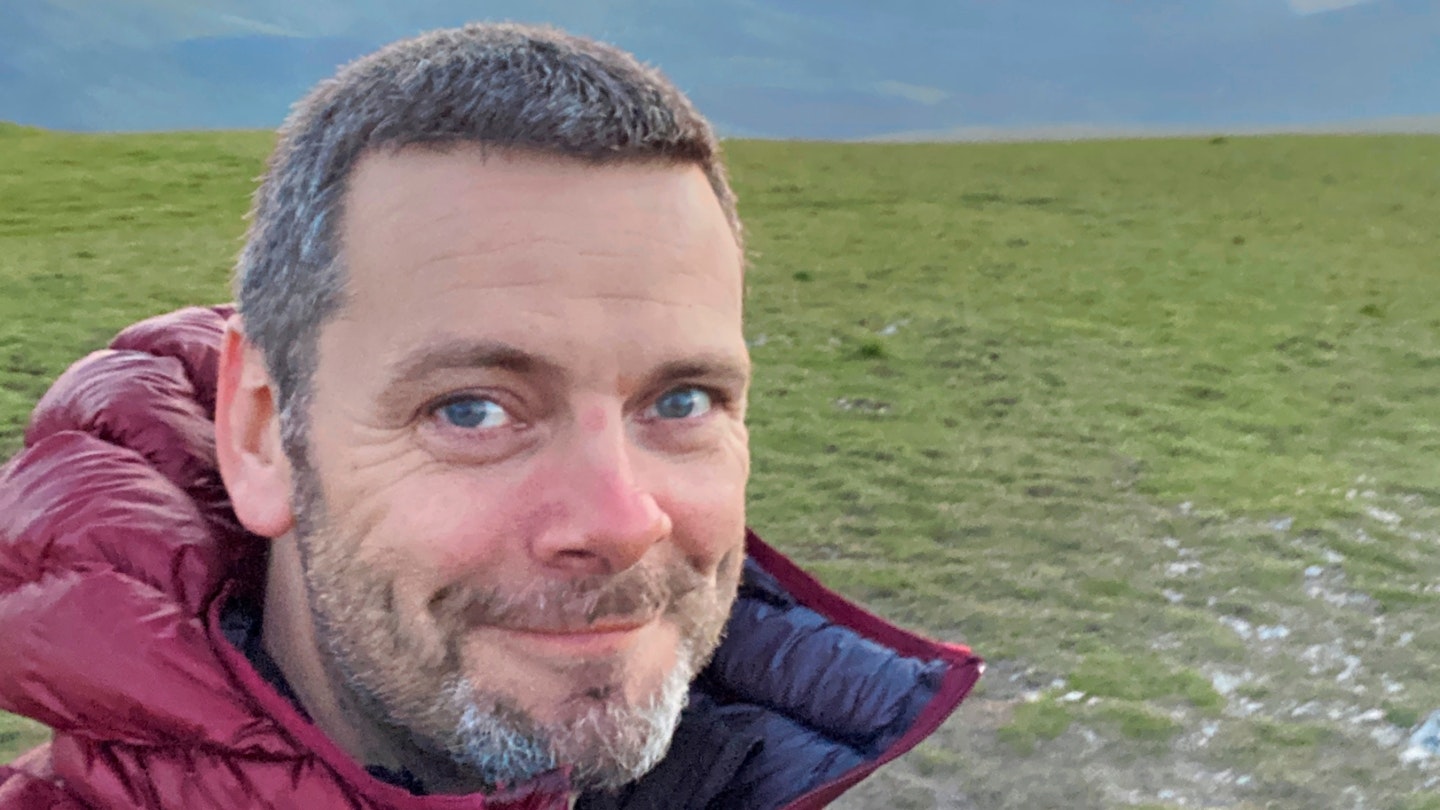
It is a faff. It does demand a lot. I was lucky to be able to borrow some good kit from a colleague; I’m well aware that if that option isn’t available, wild camping in safety and comfort can be an expensive business.
But I did it, I’ve done it again several times since and I’ll do it again. I’m still not the type of person who yearns to go wild camping all the time. Something about my mindset means I will always find the preparation daunting and mentally exhausting.
But not only was it a sensational experience, not only did I feel fantastic for three days afterwards, but it also proved – against all odds – that I’m not as much of a numpty as I thought.
And you know what? I’ve even got better at DIY since. Coincidence? I think not.
Wild camping and the law
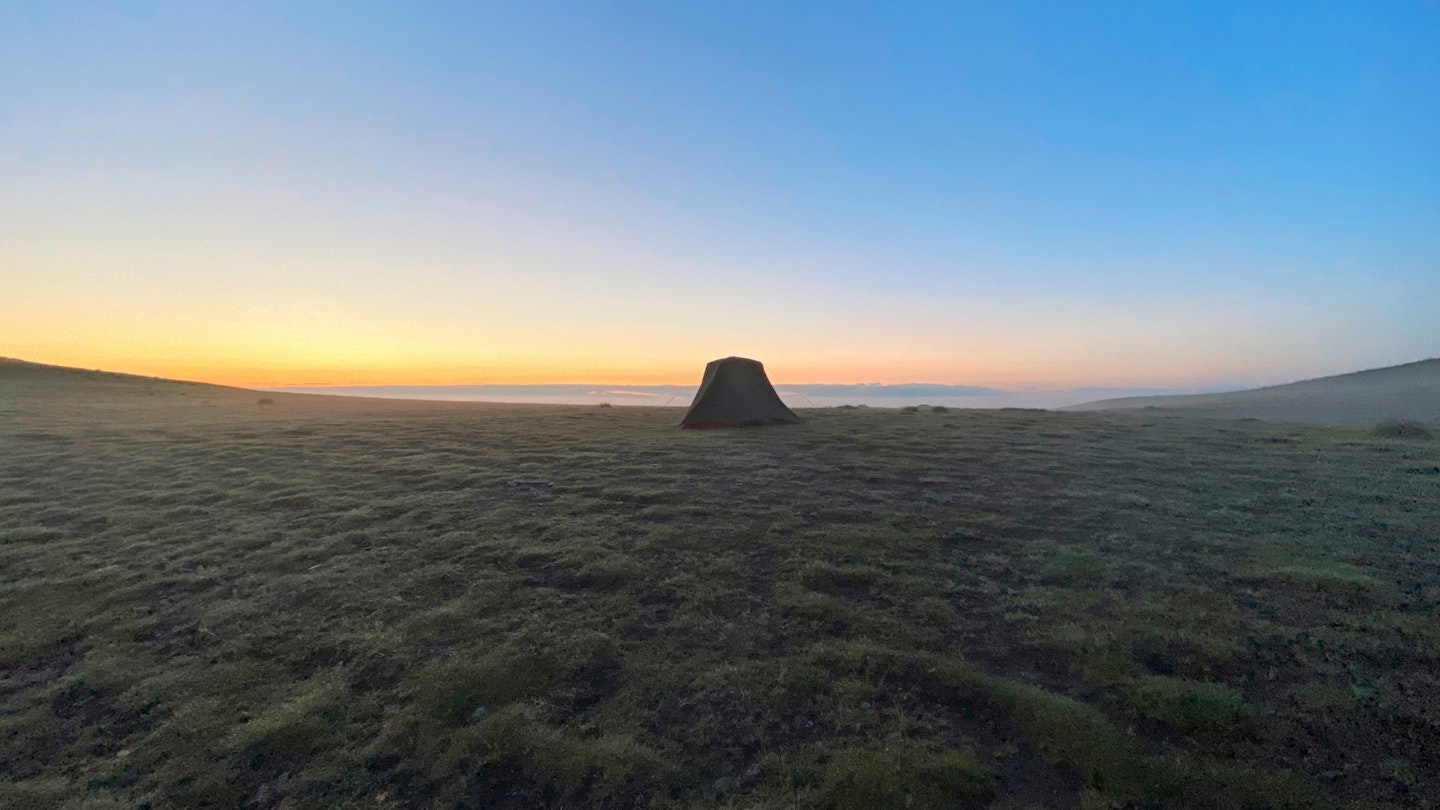
Wild camping is lawful in Scotland. In England and Wales it’s illegal unless you have the landowner’s permission, except for certain parts of Dartmoor. However, what it’s really about is personal responsibility.
If you essentially make yourself invisible – go up at dusk, pitch in a safe place high above the pasture line and out of general sight, don’t light a fire, strike camp before the first day-walkers arrive and leave no trace behind – then the common thinking is you’ve adhered to the spirit of responsible stewardship, if not the actual law.
This is in no way a legal defence of course; but it does minimise the chance of anyone a) finding you and b) taking umbrage at your presence.
Top kit for a sweet night out
Our recommendations for a perfect stay in Hotel Naturel:
-
MSR Hubba NX Solo. See our full review here or find it for sale here.
-
Osprey Atmos AG 50. This rucksack holds everything you need and disperses the weight well. Find it for sale here.
-
Jetboil MiniMo stove. A superb, lightweight and compact stove with excellent wind resistance and stability. Buy it here.
-
Rab Ascent 500 sleeping bag. A snug down sleeping bag that delivers fantastic warmth to weight. Find it for sale here.
-
Sea to Summit Camp Mat SL. A superb self-inflating mat that has stayed fully plumped through every night I've used it. Buy it now.
-
Sea to Summit Aeros Ultralight Pillow. Read our full review to find out why we love this pillow, or grab yourself one now.
About the author
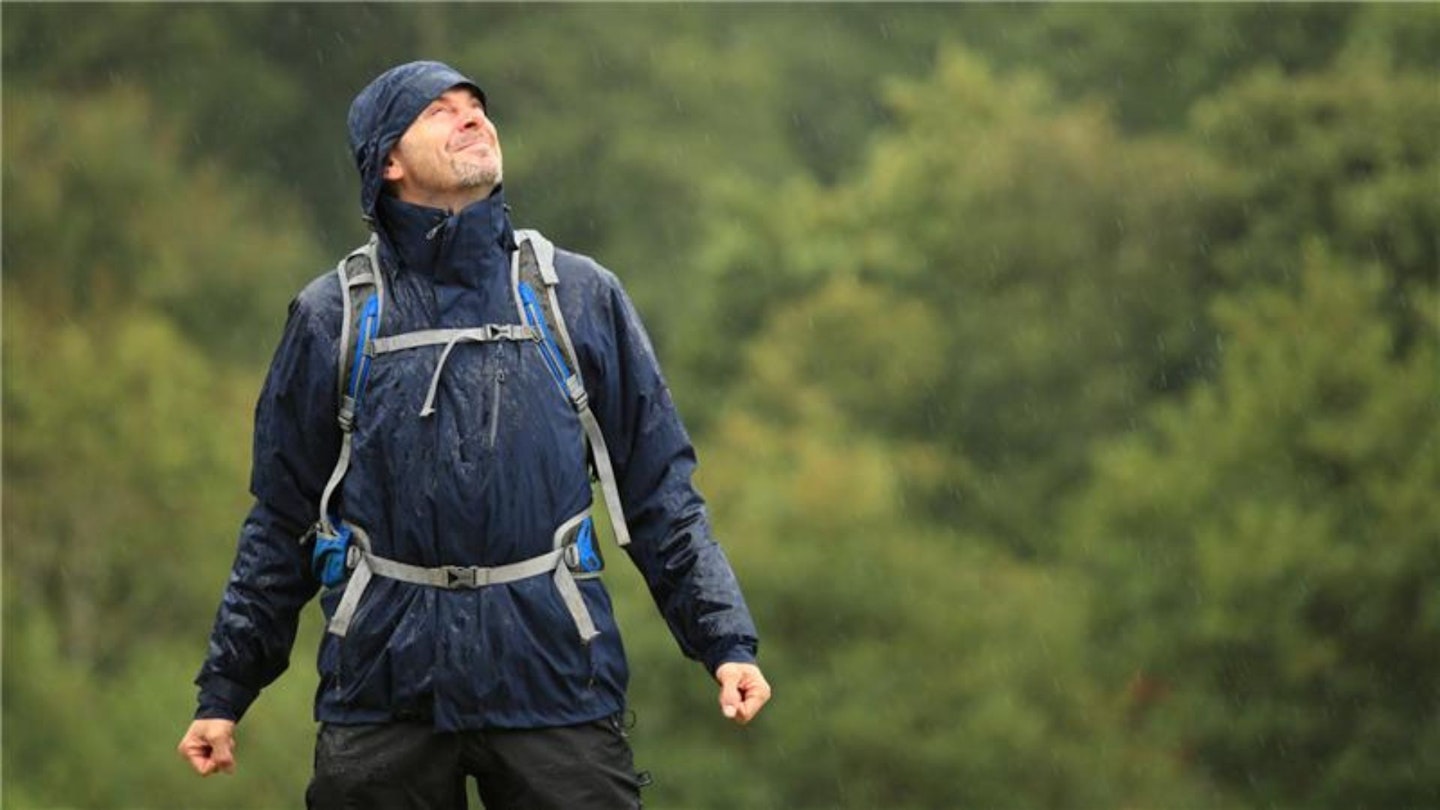
Nick Hallissey is the head of content for Country Walking and Trail magazine, and he’s been chipping in on LFTO since the site was born over 15 years ago.
He walked his first National Trail at the age of six, when his folks dragged him across the South Downs Way fuelled by Opal Fruits and the occasional reward of Star Wars figures.
Since then he’s explored every corner of the UK from south-west coast to north-west highlands. He has a particular fondness for the Peak District and the Lakes. He’s also tackled an Alp and a Rocky or two. (The mountains, not the boxer.)
